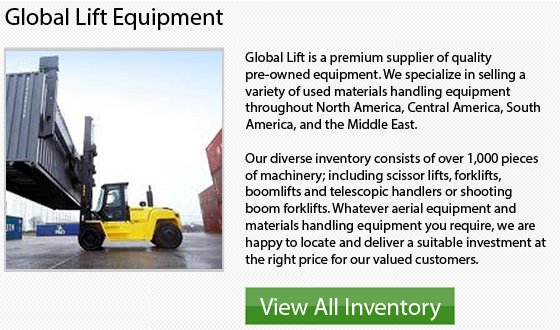
Early History
The government of South Korea in the early part of the 1960s started a new economic strategy that required big corporations called "chaebols" to focus on manufacturing exports. This new plan called for a series of five year plans which were intended to reduce the trade deficit the country was experiencing while helping to bolster the country's production. This was a plan that had already been used successfully y both Hong Kong and Taiwan, the Far East competitors of South Korea. Daewoo was a significant player in this effort to enhance the significance of South Korea's exports.
The South Korean government sponsored cheap loans for chaebols producing goods for export. Daewoo benefited from the loans when it started trading in the year 1967. This was at the start of the second five-year plan. Daewoo capitalized on the huge labor force of the nation, its primary asset. By focusing on labour-intensive industries, like clothing and textile, the business generated high profits. The factory of the corporation within Pusan produced 3.6 million shirts each month. What's more, the corporation made simple manufacturing machines, that were labour intensive too. In this time, the corporation Daewoo helped to increase the level of South Korea's exports, which were growing nearly 40 percent per year.
When the demand for labour pushed wages up, Korea's comparative advantage in labor-intensive production began to decline. Competition from both Thailand and Malaysia forced Korea to refocus its energies on other businesses, like shipbuilding, petrochemicals, mechanical and electrical engineering, and construction. This specific phase of the nation's economic recovery lasted from 1973 to the year 1981. This occurred at the same time as the United States announced its plans to completely withdraw its peacekeeping forces from the country. The new emphasis in manufacturing was intended to further the expansion of Korea's exports while simultaneously manufacturing parts that had to be imported before. Local parts production helped to strengthen domestic industries and make possible a national defense industry.